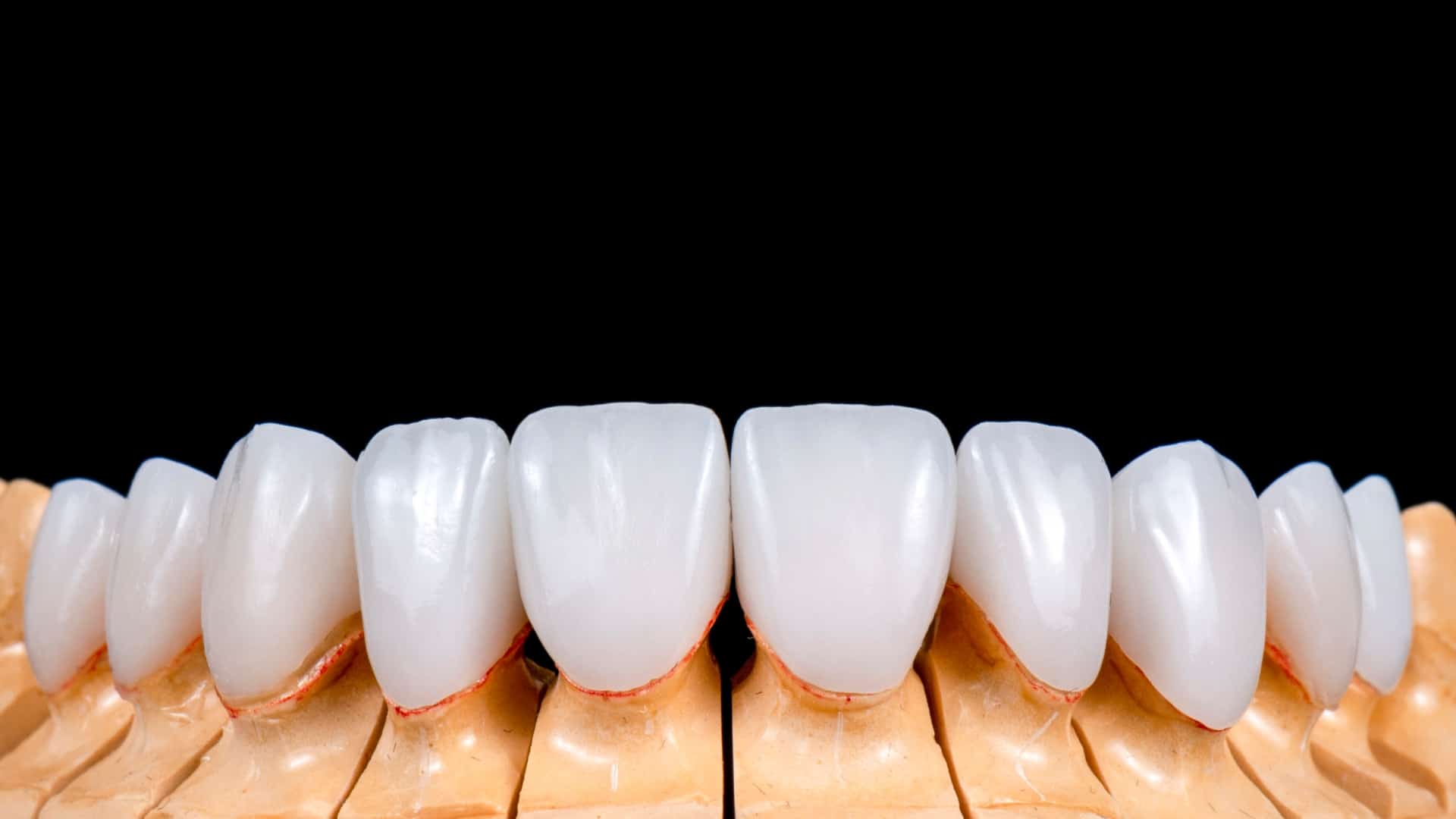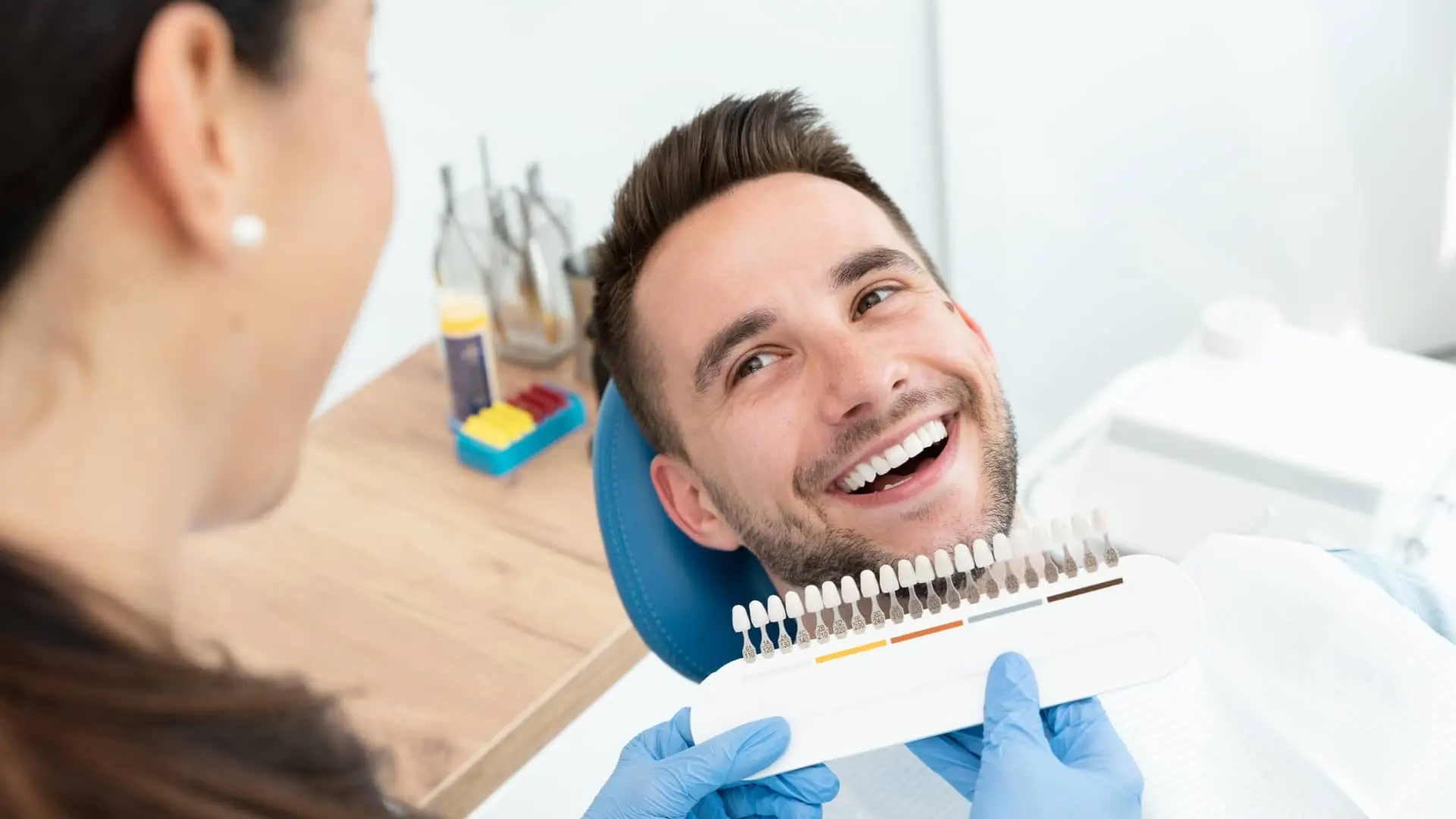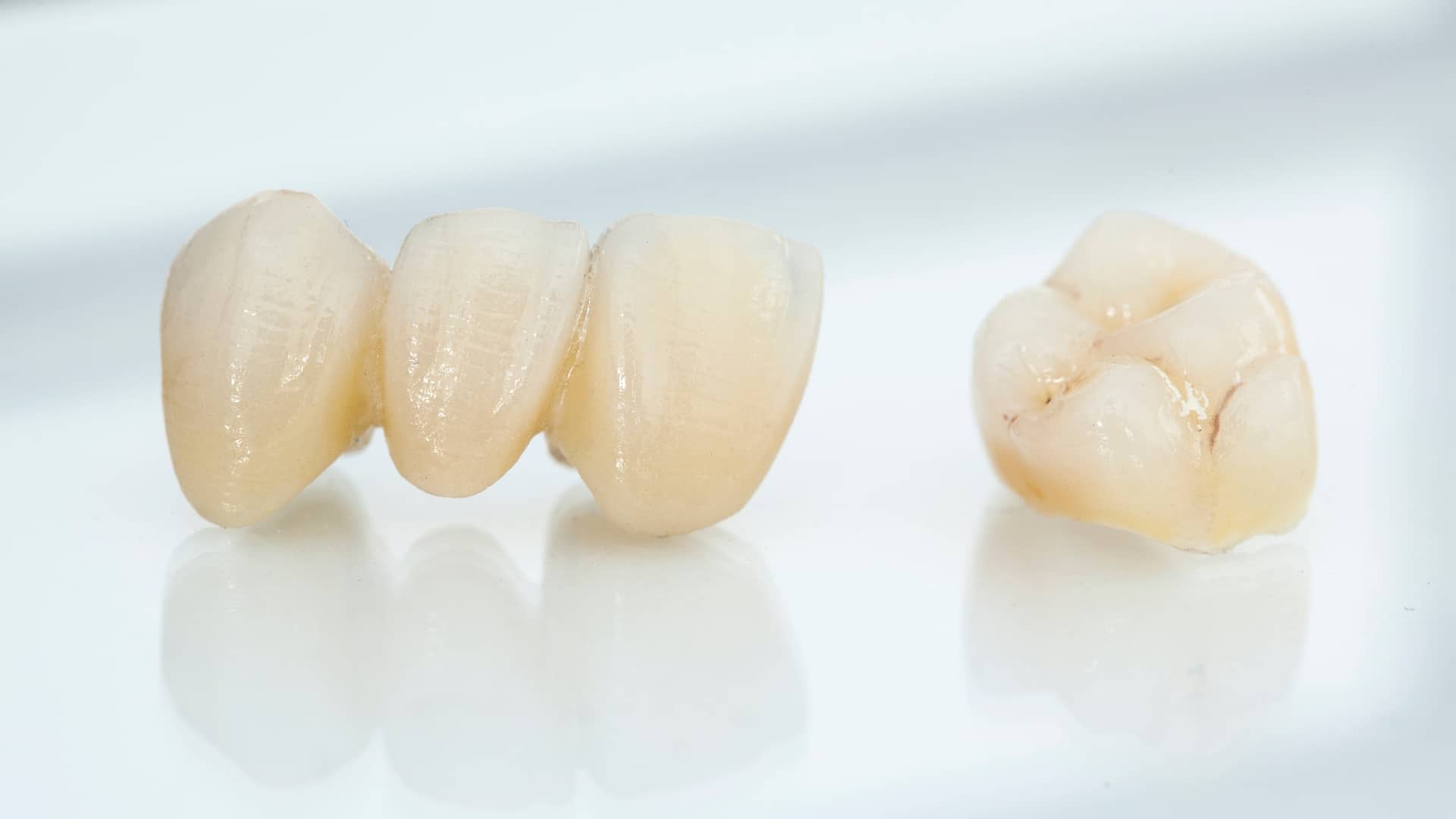
Veneers
Veneers Dental veneers are thin, custom-made shells that are designed to cover the front surface of teeth. They are typically made of porcelain or composite

Dental bleaching, also known as teeth whitening, is a common procedure that helps to lighten the color of your teeth and remove stains and discoloration. It is typically performed by a dental professional in a dental office, or it can be done at home using over-the-counter products or at-home kits.
Teeth whitening is a popular way to improve the appearance of your teeth and enhance your smile. It can be used to remove stains caused by tobacco, coffee, tea, and other staining agents, as well as to lighten the natural color of your teeth.
There are several different methods of teeth whitening, including at-home kits and in-office treatments. Here is a summary of some of the most common types of dental bleaching:
At-home whitening kits: These kits typically include a whitening gel, a tray that fits over your teeth, and instructions for use. The tray is filled with the whitening gel and worn for a specified period of time, usually 30 minutes to an hour, over the course of several days or weeks.
These products are available without a prescription and can be found at many drugstores and supermarkets. They typically contain a lower concentration of bleaching agents than professional kits and may take longer to produce results.
This type of teeth whitening is performed by a dental professional in a dental office and typically involves the use of a stronger bleaching agent and a special light or laser to help accelerate the whitening process.
This type of bleaching is similar to chairside bleaching, but it involves the use of a laser or special light to help activate the bleaching agent and enhance the whitening process.
It is important to consult with a dental professional before starting any teeth whitening treatment to determine the best option for your specific needs and goals.
In-office teeth whitening, also known as chairside bleaching, is a procedure that is performed by a dental professional in a dental office. It typically involves the use of a stronger bleaching agent and a special light or laser to help accelerate the whitening process. Here is an overview of the process:
As with any teeth whitening treatment, it is important to speak with a dentist or dental hygienist before starting chairside bleaching. They can assess the condition of your teeth and gums and determine if the treatment is a safe and effective option for you.
Before applying the bleaching agent, your dental professional will clean your teeth and protect your gums by applying a rubber shield or gel.
The bleaching agent is then applied to your teeth, either in the form of a tray filled with gel or as a liquid that is painted onto your teeth. The strength of the bleaching agent used in chairside bleaching is usually higher than what is available in at-home kits.
Some chairside bleaching treatments involve the use of a special light or laser to help accelerate the whitening process. The light or laser is directed at the teeth to help activate the bleaching agent.
After the bleaching agent is removed, your teeth will be rinsed and dried. If multiple treatments are needed to achieve the desired level of whitening, the process will be repeated until the desired results are achieved.
To help maintain your bright, white smile, it is important to brush and floss regularly, avoid tobacco and excessive consumption of staining drinks like coffee and tea, and visit your dentist for regular cleanings.
I hope this gives you a better understanding of chairside bleaching. As with any dental treatment, it is important to consult with a dental professional to determine if it is the right option for you.
It is important to take good care of your teeth after undergoing any type of teeth whitening treatment to help maintain your bright, white smile. Here are a few tips for taking care of your teeth after dental bleaching:
Brush your teeth twice a day with a fluoride toothpaste and floss daily to remove plaque and food particles from between your teeth. This will help to prevent the build-up of stains and keep your teeth looking clean and bright.
Tobacco use and excessive consumption of staining beverages like coffee and tea can cause your teeth to become discolored. Limiting your consumption of these products can help to maintain the whiteness of your teeth.
When drinking staining beverages, try using a straw to help minimize contact with your teeth. This can help to prevent the liquid from staining your teeth.
Staying hydrated by drinking plenty of water can help to rinse away food particles and bacteria that can cause tooth discoloration.
Mouthwash can help to kill bacteria and freshen your breath, which can help to keep your teeth looking and feeling clean.
Regular dental check-ups and cleanings can help to remove plaque and tartar build-up, which can contribute to tooth discoloration.
By following these tips and maintaining good oral hygiene, you can help to keep your teeth looking bright and healthy after a teeth whitening treatment.

Veneers Dental veneers are thin, custom-made shells that are designed to cover the front surface of teeth. They are typically made of porcelain or composite

Root canal treatment Root canal treatment is a dental procedure that is used to repair and save a tooth that is infected or damaged. It

Dental Extraction Dental extraction is a procedure in which a tooth is removed from the mouth. Extractions may be necessary for a variety of reasons,

Paediatric dental care Primary teeth, also known as baby teeth, play an important role in a child’s overall health and development. They help children learn

Dental Crowns & Bridges Dental prosthetics are a type of dental restorations that completely covers the visible portion of a tooth, restoring its shape, size,
For further information and to book your appointment
Al Itqan Dental Clinic © 2024. All rights reserved